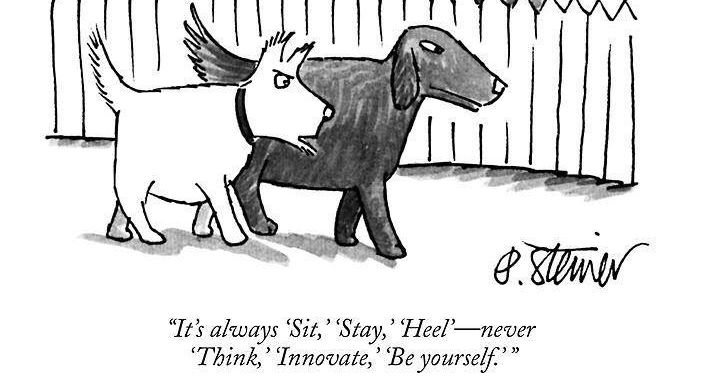I might argue that studying this theory has provided me with fresh thoughts. To be more specific, it is not a new theory, but what I read and learned during the presentation in class prompted me to consider:
Bloom’s taxonomy has hierarchical layers. However, lower-order thinking skills (LOTS) are not always segregated from higher-order thinking skills (HOTS), but they construct a nodal path in which they generate synapses, linking the different categories of thought. Without knowing which comes before and after, it’s astonishing that I haven’t considered it before.
As a model, there is a framework that not only introduces teachers to the forms of thinking that we as humans have. But, also creates a type of hierarchy that eliminates the possibility of that thinking progressing. If we can remember, we can understand. Understanding permits us to apply what we know, which allows us to make judgments about the usefulness of that knowledge, as well as our mastery of it.
Benjamin S. Bloom developed a “taxonomy of educational objectives.” He proposed the existence of three domains: affective (sensations and attitudes), psychomotor (physical and motor skills), and cognitive (abilities to process and use information effectively and meaningfully).
This taxonomy helps teachers classify educational objectives.
Mental processes (cognitive domain) can be categorized into six levels of increasing complexity, according to Bloom:











